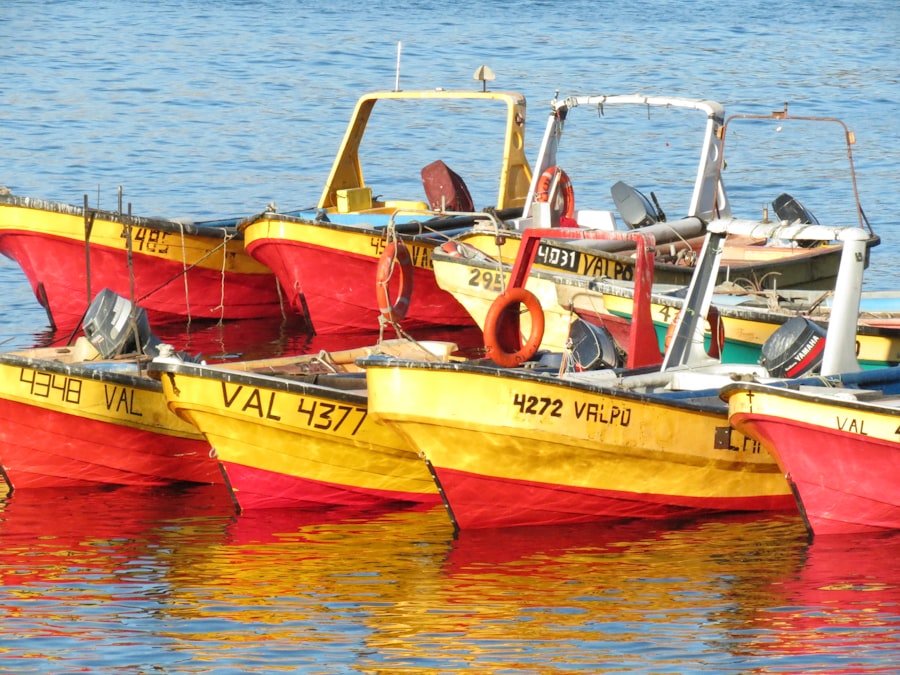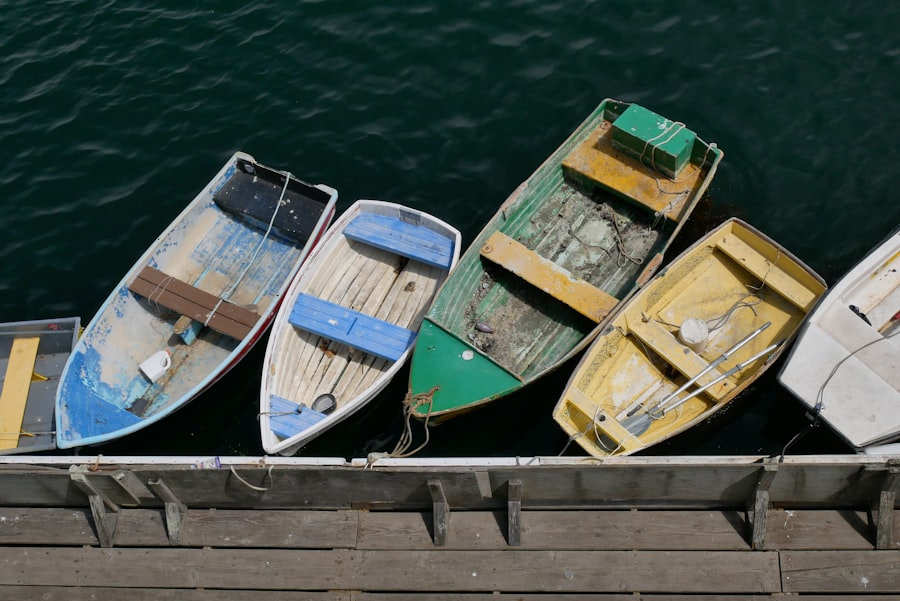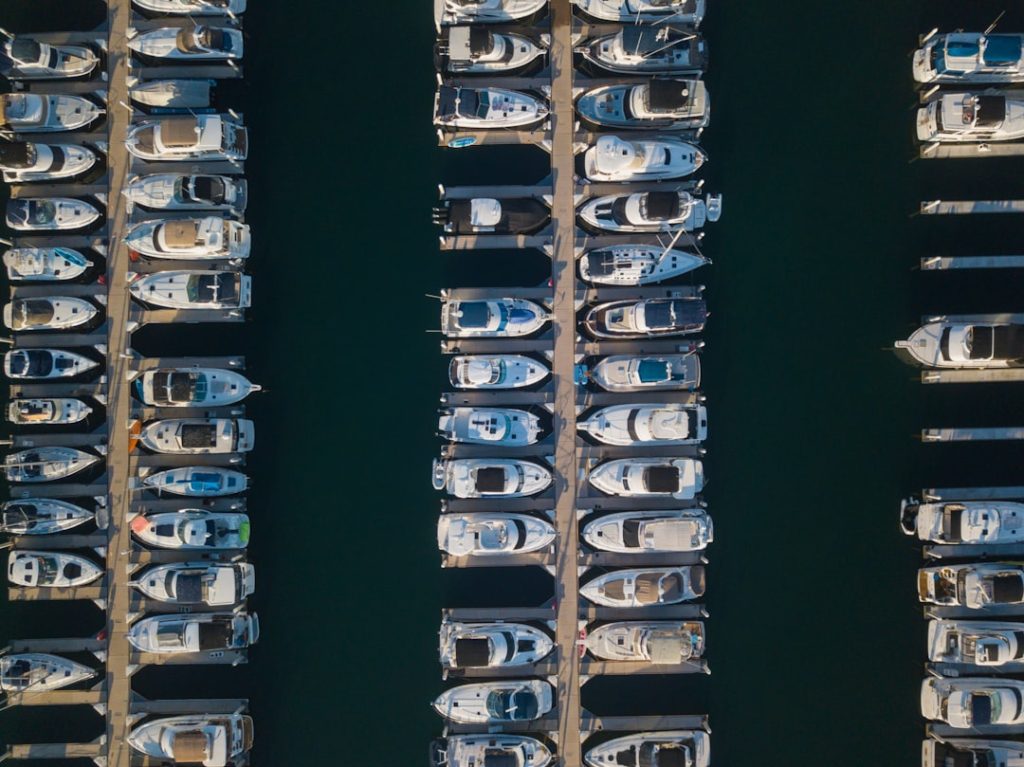Before embarking on the journey of purchasing a boat, it is crucial to have a clear understanding of your specific boating needs. This involves reflecting on how you intend to use the boat, the types of activities you plan to engage in, and the environments in which you will be operating. For instance, if you envision leisurely weekend outings with family and friends, a pontoon or a cabin cruiser might be ideal.
Conversely, if you are an avid angler, a fishing boat equipped with specialized features such as rod holders and live wells would be more suitable. Additionally, consider the number of passengers you expect to accommodate regularly. A small skiff may suffice for solo fishing trips, but if you plan to host gatherings or family outings, a larger vessel with ample seating and storage will be necessary.
Furthermore, think about the waters you will navigate. Saltwater environments require boats built with corrosion-resistant materials, while freshwater lakes may allow for different design considerations. By thoroughly assessing your boating needs, you can narrow down your options and make a more informed decision when it comes time to purchase.
Key Takeaways
- Identify your specific boating needs before starting your search.
- Research various boats on the market to find suitable options.
- Establish a clear budget to guide your purchase decisions.
- Inspect and test drive boats to ensure they meet your expectations.
- Negotiate price and complete all paperwork for a smooth ownership transfer.
Researching Available Boats for Sale
Once you have a clear understanding of your boating needs, the next step is to research available boats for sale. The internet has revolutionized the way potential boat buyers can access information, making it easier than ever to explore various models and brands. Websites dedicated to boat sales, such as Boat Trader or YachtWorld, provide extensive listings that include specifications, pricing, and photographs.
These platforms often allow users to filter searches based on criteria such as size, type, and price range, streamlining the process of finding a suitable vessel. In addition to online resources, visiting local boat shows can provide invaluable insights into the latest models and innovations in the boating industry. These events often feature a wide array of boats from different manufacturers, allowing prospective buyers to compare features and designs side by side.
Engaging with knowledgeable sales representatives can also help clarify any questions regarding performance, maintenance, and warranty options. Furthermore, connecting with local boating communities through forums or social media groups can yield recommendations and firsthand experiences from fellow boaters, enriching your research process.
Setting a Budget for Your Boat Purchase

Establishing a budget is a critical step in the boat-buying process that requires careful consideration of both initial costs and ongoing expenses. The purchase price of a boat is just one aspect; prospective owners must also account for additional costs such as insurance, registration fees, maintenance, fuel, and storage. It is advisable to create a comprehensive budget that outlines all potential expenses associated with boat ownership.
This will not only help in determining how much you can afford to spend on the initial purchase but also ensure that you are financially prepared for the long-term commitment of owning a boat. When setting your budget, consider exploring financing options if necessary. Many dealerships offer financing plans that can make purchasing a boat more manageable by spreading payments over time.
However, it is essential to understand the terms of any financing agreement and how interest rates will affect the total cost of ownership. Additionally, be mindful of hidden costs that may arise during ownership, such as repairs or upgrades that may be needed after purchase. By taking a holistic approach to budgeting, you can avoid financial strain and enjoy your boating experience without undue stress.
Considering the Type of Boat That Fits Your Needs
| Boat Type | Typical Length (ft) | Primary Use | Passenger Capacity | Average Speed (mph) | Maintenance Level |
|---|---|---|---|---|---|
| Fishing Boat | 16-25 | Freshwater and saltwater fishing | 2-6 | 20-40 | Moderate |
| Pontoon Boat | 18-30 | Leisure cruising and social gatherings | 6-12 | 10-25 | Low |
| Ski/Wakeboard Boat | 18-24 | Watersports and towing | 4-8 | 30-50 | High |
| Sailboat | 20-40 | Recreational sailing and racing | 2-8 | 5-15 (wind dependent) | Moderate |
| Cabin Cruiser | 25-45 | Overnight trips and cruising | 4-10 | 20-35 | High |
| Jet Boat | 14-20 | Recreational boating in shallow waters | 4-6 | 30-45 | Moderate |
The type of boat you choose should align closely with your intended use and personal preferences. There are numerous categories of boats available on the market today, each designed for specific activities and environments. For example, if you are interested in water sports such as wakeboarding or waterskiing, a ski boat or wakeboat would be ideal due to their powerful engines and specialized hull designs that facilitate smooth wakes.
On the other hand, if your primary interest lies in cruising or exploring coastal waters, a sailboat or motor yacht may be more appropriate. Moreover, consider the size and capacity of the boat in relation to your lifestyle. A small inflatable dinghy might be perfect for quick trips to shore or fishing in calm waters but may not provide the comfort needed for longer excursions.
Conversely, larger vessels like catamarans offer stability and space but come with increased maintenance and operational costs. Additionally, think about whether you prefer new or used boats; while new boats come with warranties and the latest technology, used boats can offer significant savings if they are well-maintained. Ultimately, selecting the right type of boat involves balancing your desires with practical considerations.
Inspecting and Test Driving Potential Boats
Once you have narrowed down your options based on your needs and preferences, it is time to inspect and test drive potential boats. This step is crucial in ensuring that the vessel meets your expectations in terms of performance and condition. When inspecting a boat, pay close attention to its overall structure, including the hull integrity, engine condition, and any signs of wear or damage.
Look for issues such as cracks in the fiberglass or rust on metal components that could indicate underlying problems. Test driving is equally important; it allows you to experience how the boat handles on the water firsthand. During a test drive, assess factors such as acceleration, steering responsiveness, and stability in various conditions.
If possible, try operating the boat in different scenarios—such as tight turns or rough waters—to gauge its performance under various circumstances. Additionally, take note of comfort features like seating arrangements and cabin space to ensure they meet your needs during extended outings. Engaging a marine surveyor for an expert opinion can also provide peace of mind regarding the vessel’s condition before making a final decision.
Negotiating the Purchase Price

Negotiating the purchase price is an essential part of buying a boat that many buyers may find daunting. However, being well-prepared can significantly enhance your confidence during this process. Start by researching comparable boats in terms of age, condition, and features to establish a fair market value for the vessel you are interested in.
This information will serve as leverage during negotiations and help you articulate why your offer is reasonable. When entering negotiations with a seller or dealer, approach the conversation with respect but assertiveness. Clearly communicate your findings regarding comparable sales and any concerns identified during inspections that may justify a lower price.
Be prepared for counteroffers and remain flexible; sometimes sellers may be willing to negotiate on terms other than price, such as including additional equipment or offering financing incentives. Ultimately, successful negotiation hinges on clear communication and a willingness to find common ground that satisfies both parties.
Completing the Sale and Transfer of Ownership
Once an agreement has been reached on the purchase price, it is time to complete the sale and transfer ownership of the boat officially. This process typically involves signing a bill of sale that outlines the terms of the transaction and includes details such as the vessel’s identification number (VIN), make, model, year, and any included accessories or equipment. It is essential to ensure that all documentation is accurate to avoid complications later on.
In addition to completing paperwork with the seller, you will need to handle registration with your local authorities. Each state has its own regulations regarding boat registration; some may require proof of ownership documents while others may necessitate safety inspections before registration can be finalized. Additionally, securing insurance coverage before taking possession of your new vessel is crucial for protecting your investment against potential damages or liabilities.
By meticulously following these steps, you can ensure a smooth transition into boat ownership.
Enjoying Your New Vessel
With all formalities completed and ownership transferred, it’s time to enjoy your new vessel! The excitement of taking your boat out for its maiden voyage is unparalleled; it marks the beginning of countless adventures on the water. Whether you plan to explore serene lakes or navigate bustling coastal waters, each outing presents an opportunity to create lasting memories with family and friends.
As you embark on this new chapter in boating life, consider joining local boating clubs or organizations that can enhance your experience through community engagement and shared knowledge. These groups often host events such as fishing tournaments or social gatherings that foster camaraderie among fellow boaters. Additionally, investing time in learning about safe boating practices and navigation skills will not only enhance your enjoyment but also ensure that you are well-prepared for any challenges that may arise on the water.
Embrace this new lifestyle fully; after all, owning a boat opens up a world of exploration and adventure waiting just beyond the horizon.


